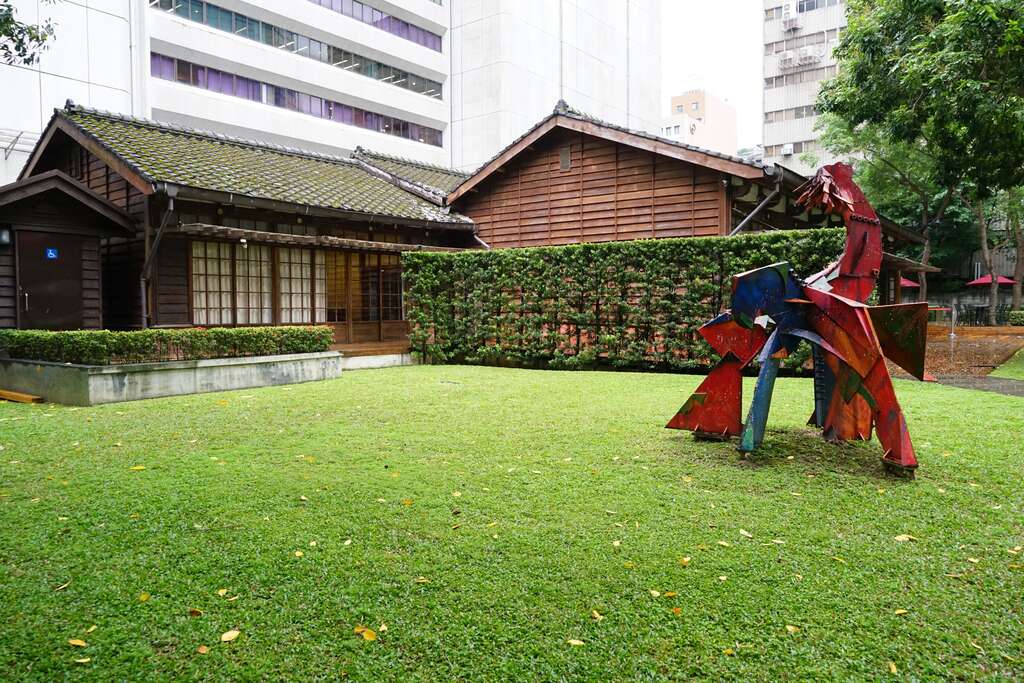Rose Monument - Tsai Rui-Yue Dance Research Society Introduction
Teacher Tsai Rui-yue can be regarded as a pioneer of modern dance in Taiwan, devoted to promoting modern dance tirelessly. Born in Tainan City in 1921, she traveled to Japan at the age of 16 to study under Mr. Baku Ishii, who was known as the father of modern dance at that time, laying the foundation for her dance career. After returning to Taiwan, she dedicated herself wholeheartedly to dance, bringing the concept of modern dance to the island. On this land, she left over 500 works of modern dance, such as "Song of India" and "We Love Taiwan," and integrated various dance styles including ballet, ethnic dance, and Taiwanese folk dance, earning her the title of the mother of modern dance in Taiwan. The Tsai Rui-yue Dance Research Society is a historically significant building, originally a civil servant dormitory from the Japanese colonial period, where various levels of accommodations were constructed in downtown Taipei, mostly of wooden Japanese residential types. In 1920, dozens of paired wooden dormitories were built on Zhongshan North Road, and the Tsai Rui-yue Dance Research Society was one of them. Based on its layout, it served as a dormitory for Japanese officials. In 1953, it became the home and rehearsal studio for Tsai Rui-yue, the mother of modern dance in Taiwan, and later evolved into a dance classroom. Although it was once damaged by fire, it was unanimously identified as a foundational site for modern dance in Taiwan by scholars and experts in 1999, leading to a determined reconstruction to preserve its legacy and protect it from commercial interests.
















